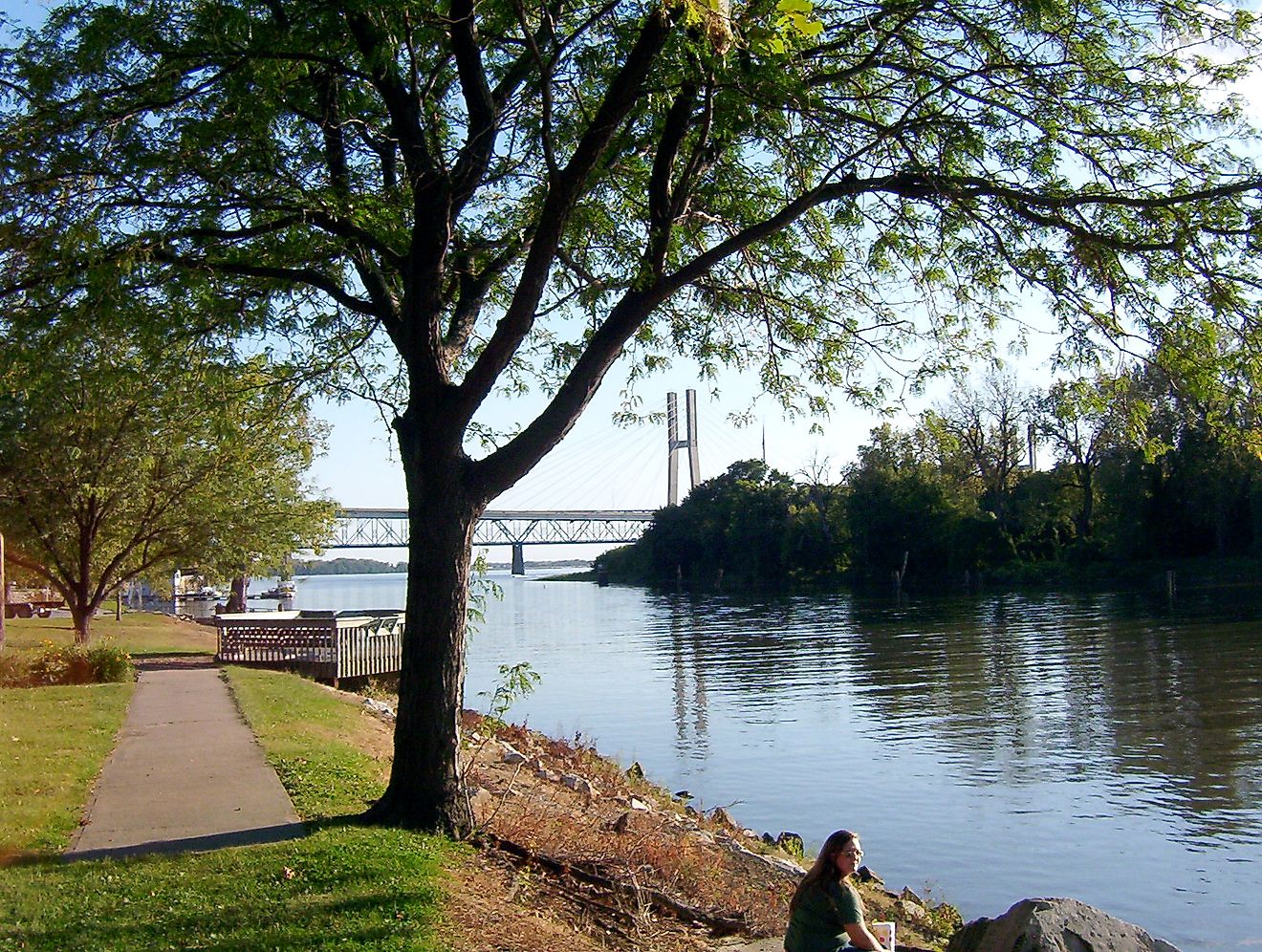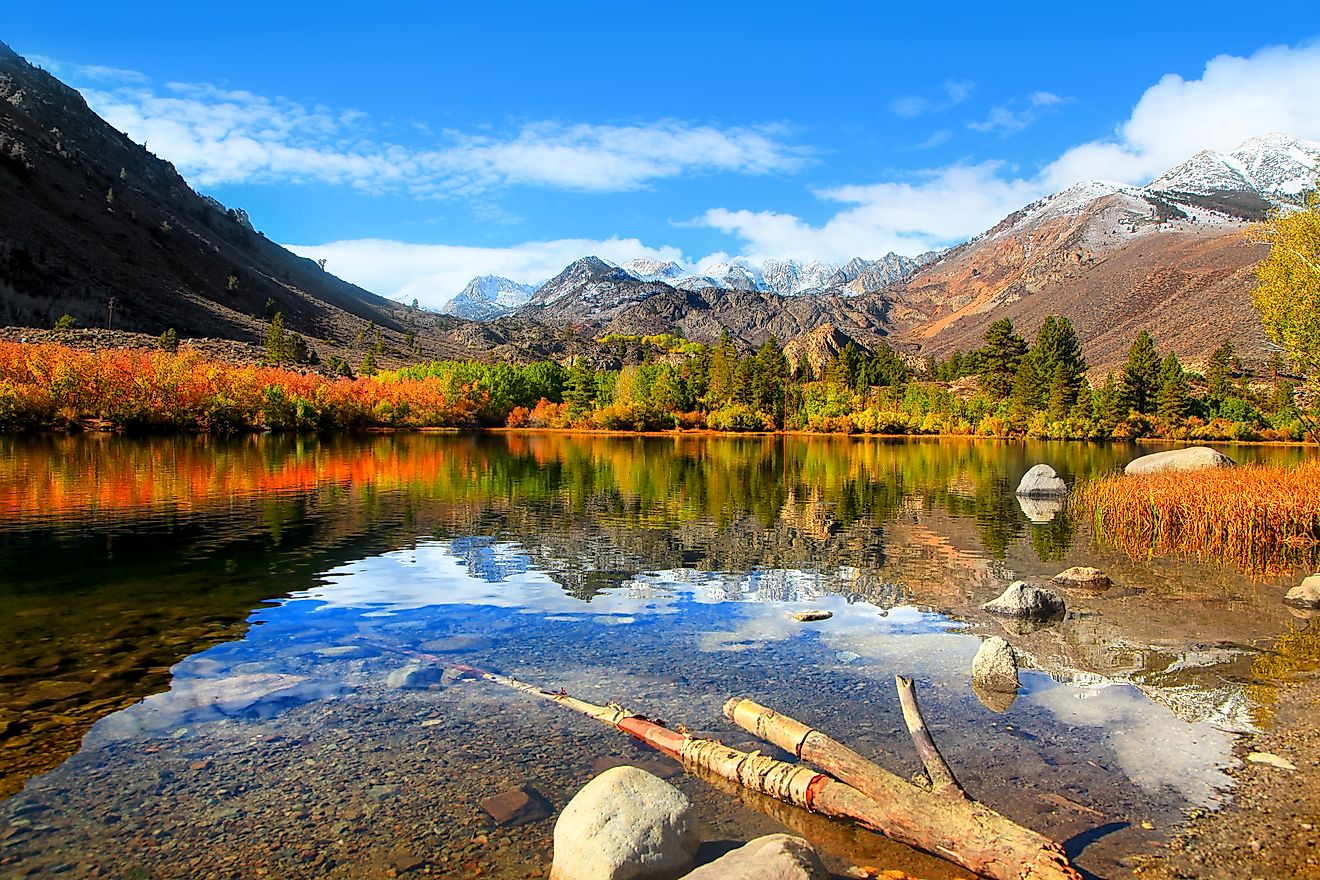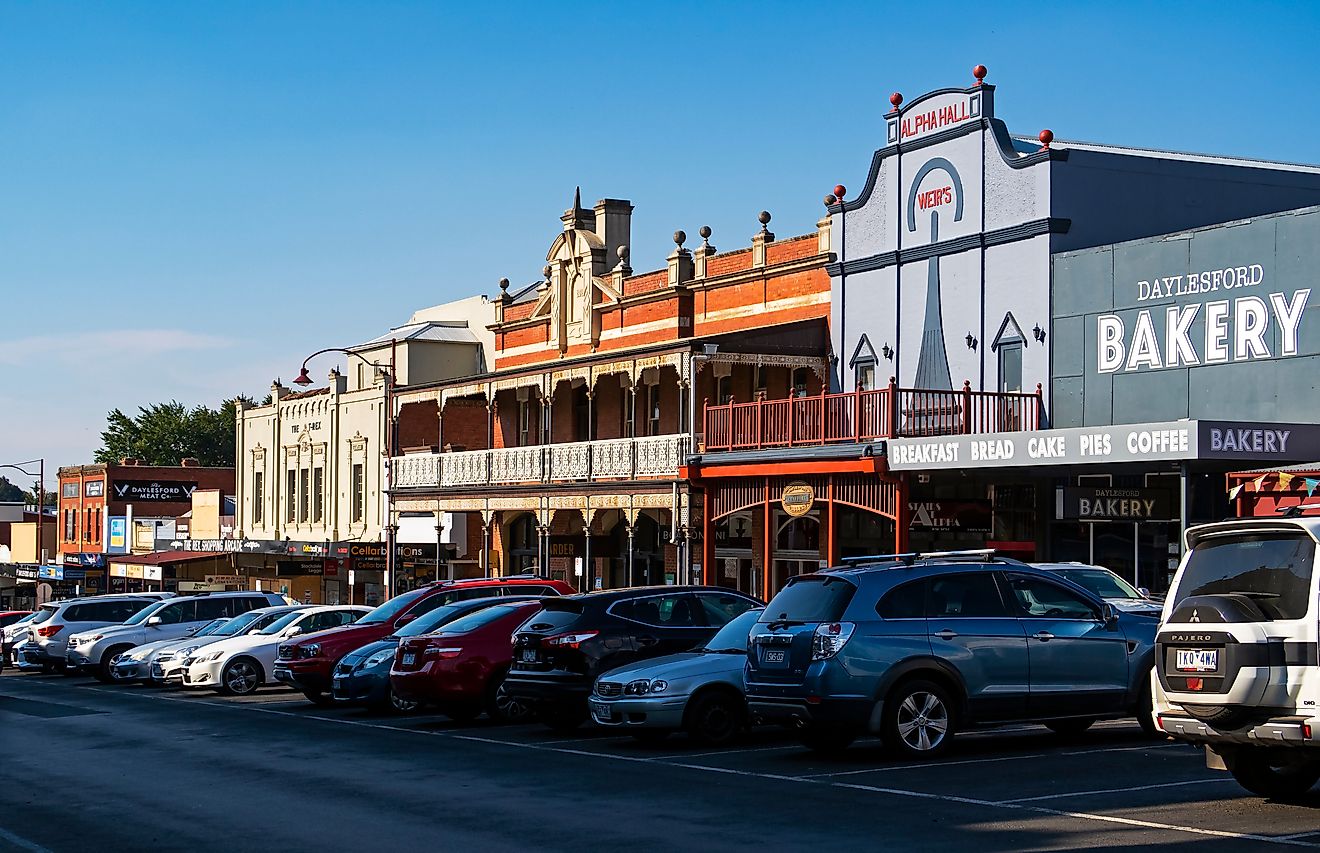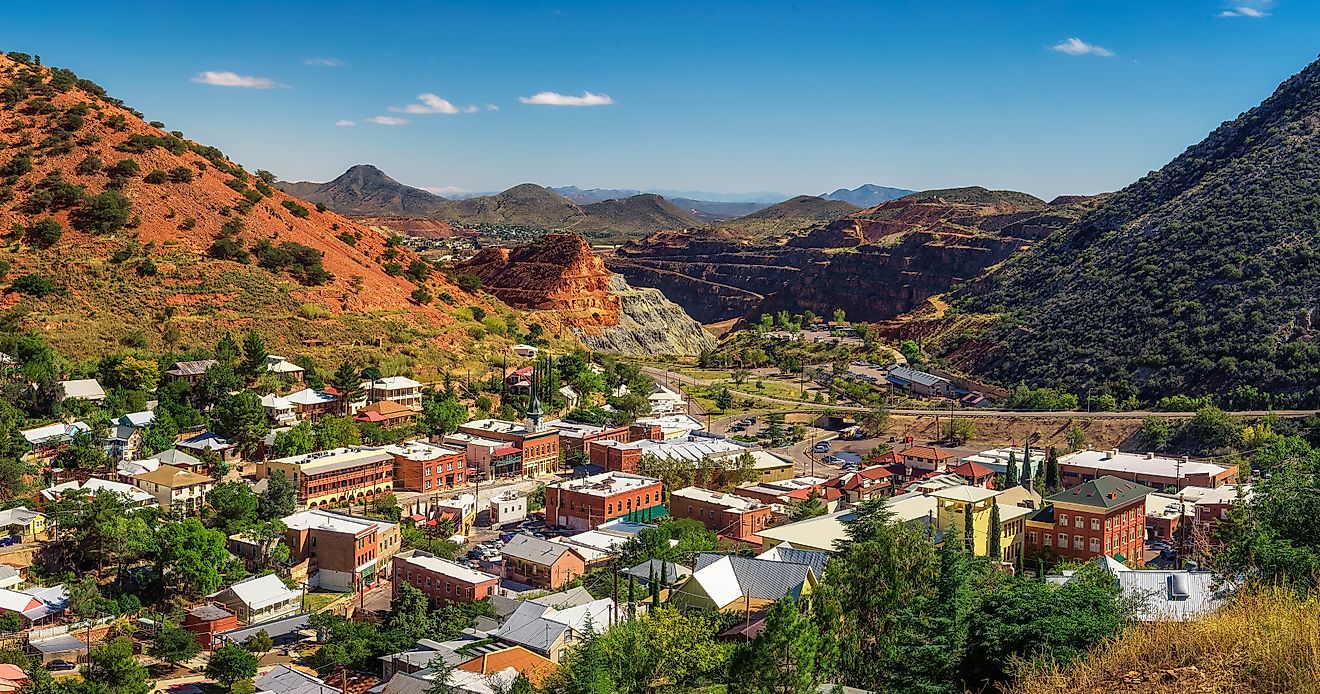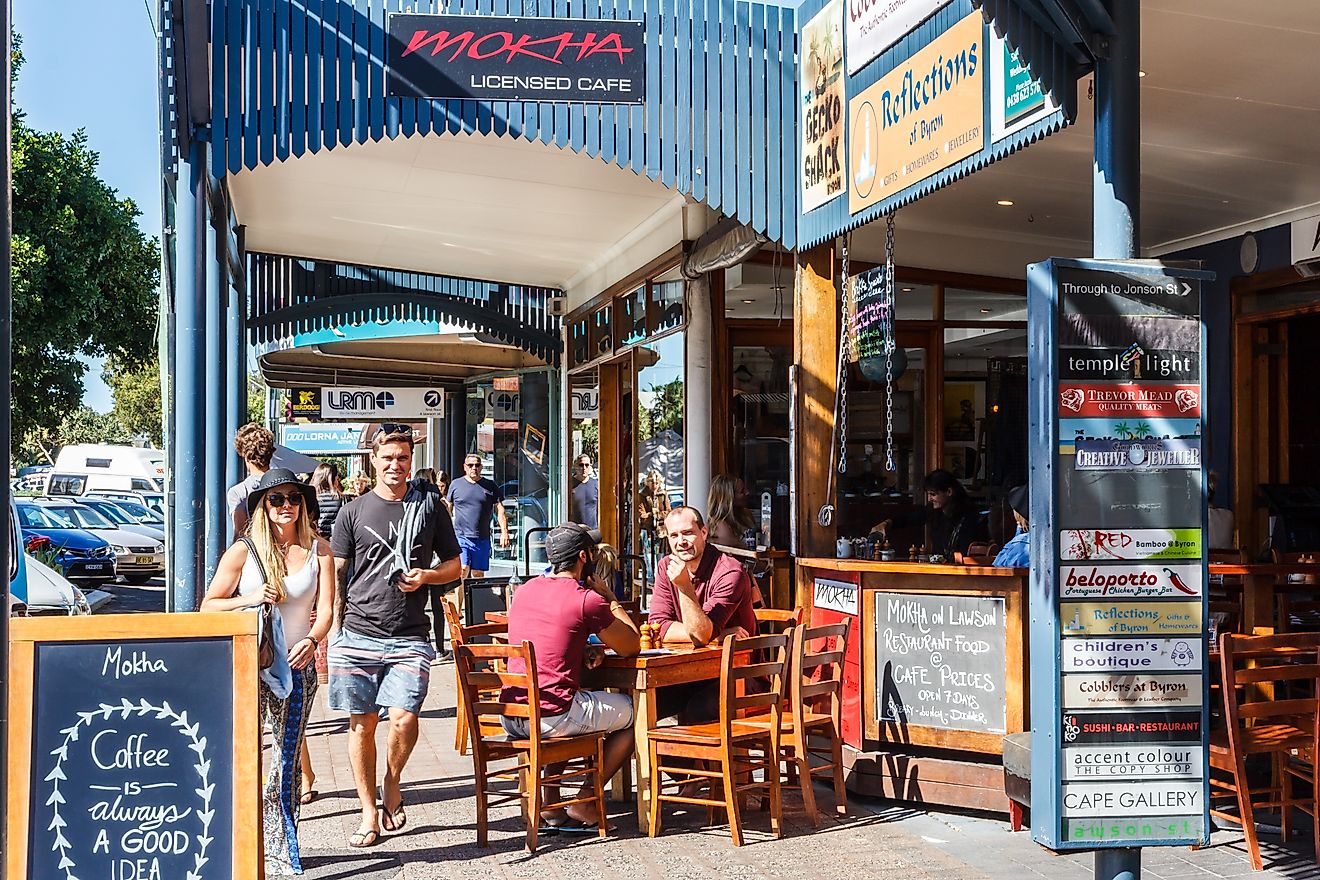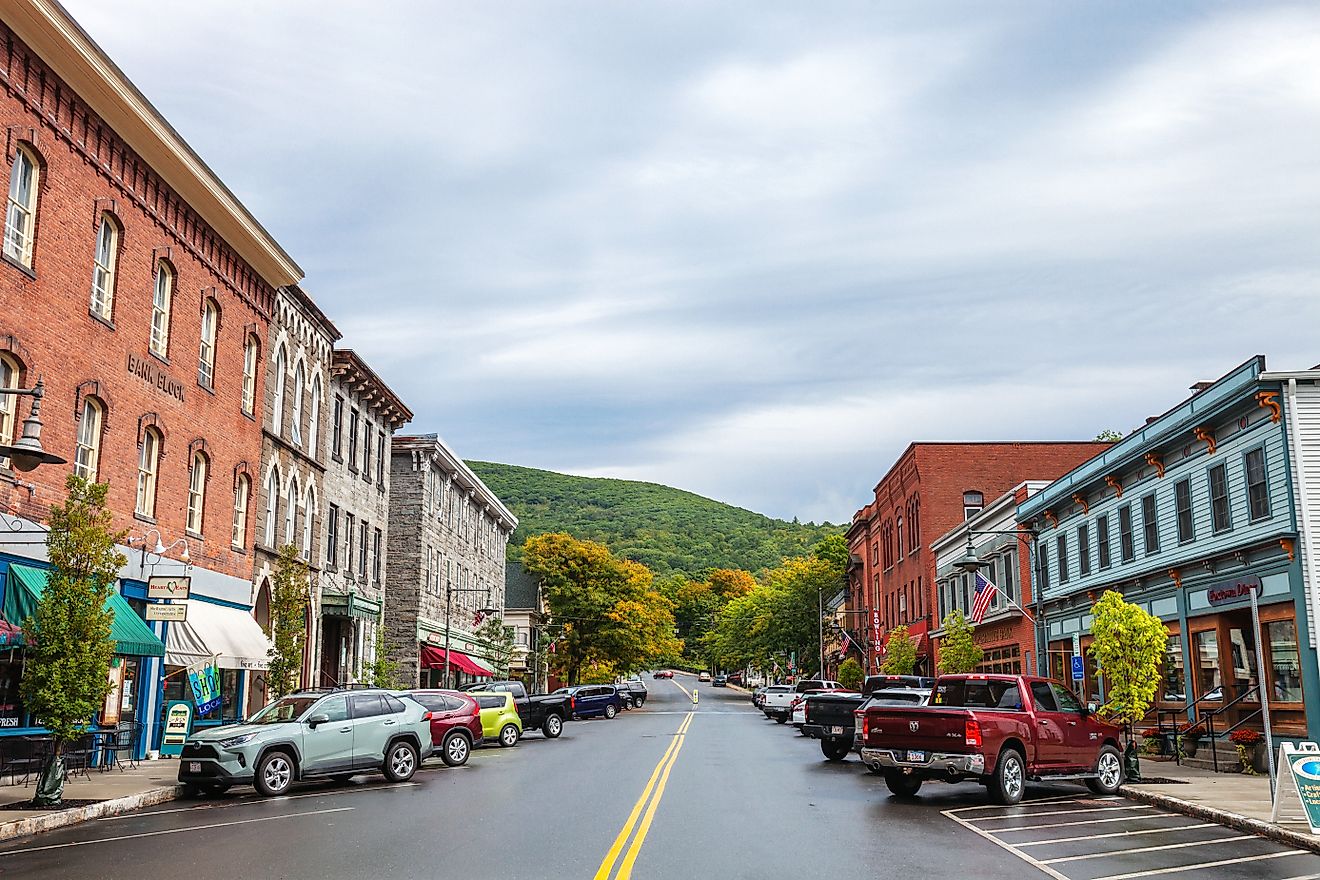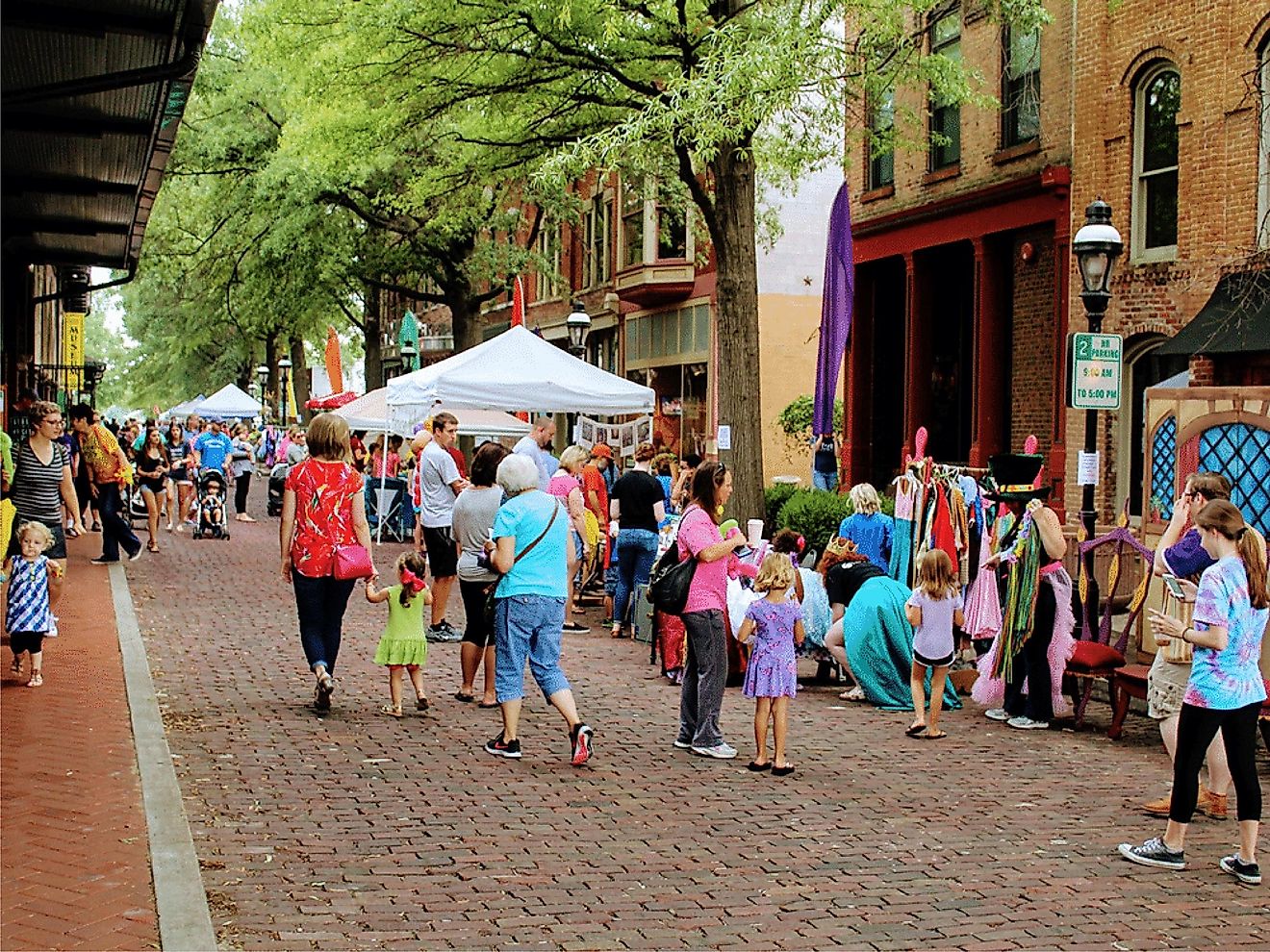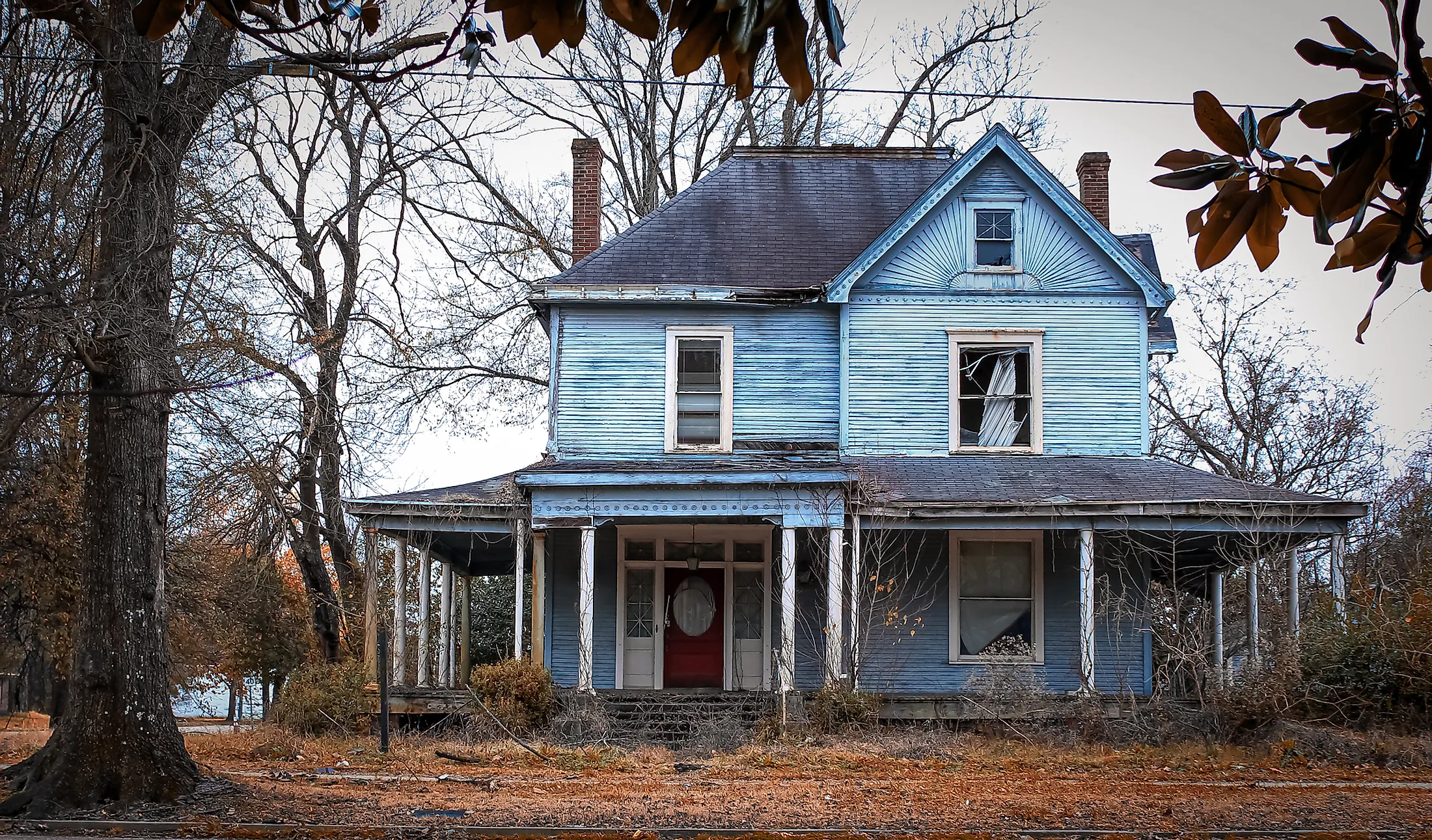
Greenville, Mississippi
Greenville is a city and seat of Washington County situated in the west-central part of the US State of Mississippi. The Old Greenville city was named for the American Revolutionary War general Nathanael Greene. The city was incorporated on June 24, 1870, and is home to a population of 26,685 people.

Geography Of Greenville
The city of Greenville is located in the area of historic cotton plantation and culture known as the Mississippi Delta. The city is a port on the Mississippi-Yazoo River plain, about 185 km northwest of Jackson. It is situated on the eastern bank of Lake Ferguson, an oxbow lake left from an old channel of the Mississippi River. According to the United States Census Bureau, Greenville has a total area of 72.1 sq. km, of which 70 sq. km is occupied by land, and 2.1 sq. km is covered by water.
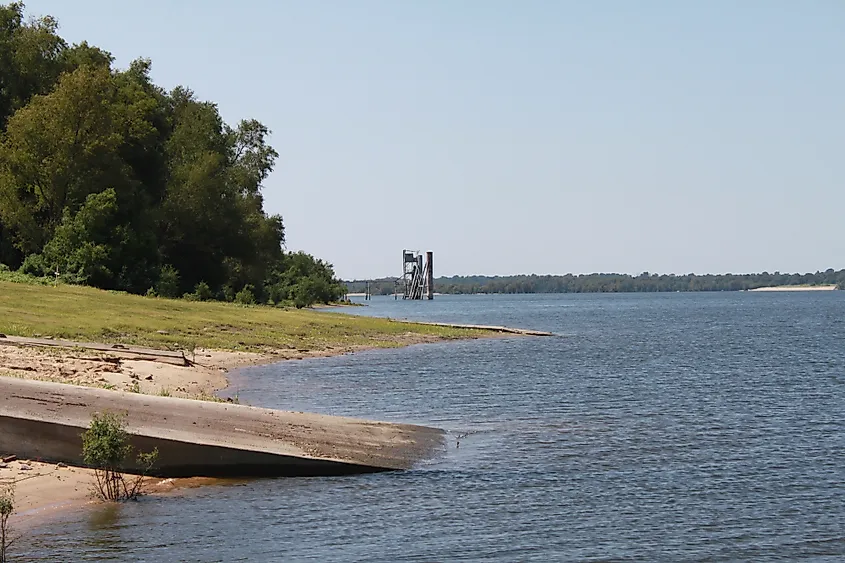
The Population Of Greenville
In 2020, Greenville is home to a population of 26,685 people with a median age of 36.9 and a population density of 417 per sq. km. The city’s population has decreased by almost 30% since the most recent census, which recorded a population of 34,000 in 2010. The majority of the people in Greenville are Black or African Americans. In fact, there were five times more Black or African American residents than any other race or ethnicity in 2019. The largest ethnic groups in the city are Black or African Americans making up 81% of the city’s population, followed by White, most of whom are non-Hispanic at 16.09%. The minor ethnic groups are Two or more races at 0.86%, Asian at 0.79%, Hispanic White at 0.38%, and Native American at 0.15%. Nearly all residents in Greenville are U.S. citizens, and all households speak English at home as their primary language.
The Economy Of Greenville
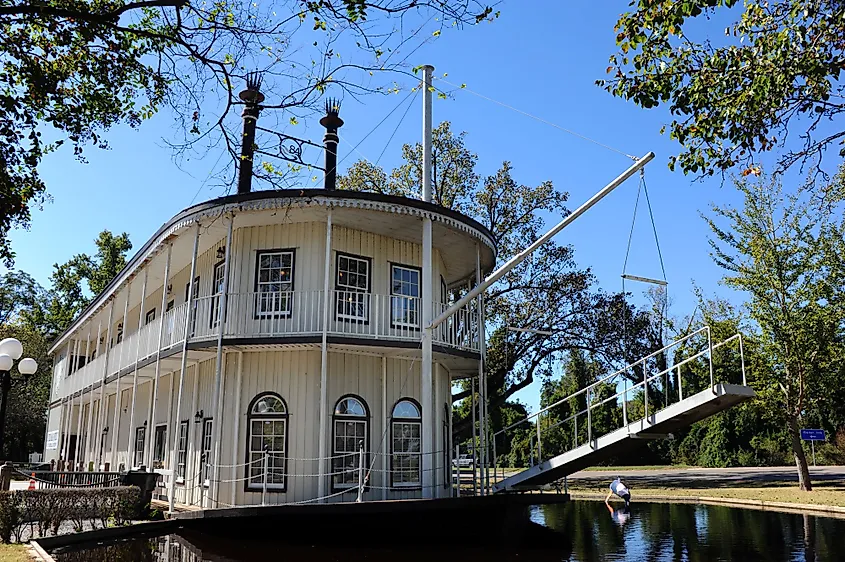
The median household income in Greenville is $27,025, which is much less than the median annual income of $65,712 across the entire United States, and the city has a poverty rate of 37%. The city of Greenville is declining at a rate of 2.68% annually. The economy of Greenville employs less than half of the population in different industries such as Health Care & Social Assistance, Retail Trade, and Educational Services. However, the highest paying industries in Greenville are Professional & Technical Services, Real Estate & Rental & Leasing, and Wholesale Trade.
Brief History Of Greenville
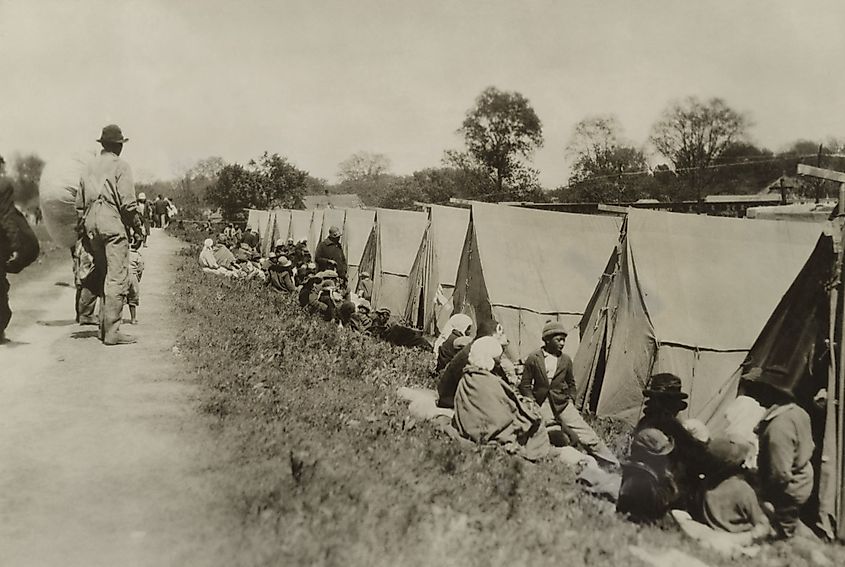
Greenville is a name given to three different towns in the state of Mississippi. The first one was located near Natchez and died aborning after the American Revolution. The second one is the parent city to the present Greenville. The founders of Greenville named the city for General Nathanael Greene, a beloved friend of George Washington, for whom the county was named. The second Greenville city was around three miles from the present site, where Greenville’s Industrial fill stands today.
The second town of Greenville was a thriving community in the days before the Civil War. It had the business and cultural center for the large cotton plantations surrounding it. The town was burned down during the siege of Vicksburg when troops from a Yankee gunboat landed and destroyed all buildings in the town. When the war was over, veterans of Mississippi regiments found their homes on the ground and their families scattered in the region. They decided to build the town again. The men chose the highest point on the Mississippi River between the towns of Memphis and Vicksburg to construct the new Greenville. The new location was on lands that belonged to the Roach and Blanton families, but a significant part of the desired area belonged to Mrs. Harriet Blanton Theobald, who welcomed the idea of building a new Greenville. She gave land for churches, schools, and public buildings and was named the “Mother of Greenville.”
In August of 1877, yellow fever broke out in Greenville. The deadly fever paralyzed the business, and not a single-family escaped the tragedy. However, in 1886, the city petitioned and received its first charter. Two years later, a group of cotton factors, merchants, buyers, and planters organized the cotton exchange marking the first step toward economic entrenchment in the city after the yellow fever tragedy. In 1890, the city suffered its first flood. One half of Greenville was covered, and the fight with Old Man River broke out. It lasted four decades and only ended when the Federal Government rescued the river towns. Greenville started recovering, and the city’s old business district, which was demolished by the caving banks of the Mississippi River, was replaced by paved streets lined with trendy shops. New schools, churches, parks, and theaters were built. In 1927, the growth and prosperity of Greenville were once again halted as the river rose again and broke through its levee, covering the town for almost three months, but the city also recovered from the flood and kept growing.
Tourist Attractions In Greenville
The city of Greenville is full of places for everyone to visit. The city has a wide range of museums, shops, and galleries. One of the historic homes and buildings visitors visit is the Belmont Plantation. Established in 1857, it is the last antebellum mansion along the river of the Mississippi Delta. The house and its grounds stand over almost 900 sq. m, and rooms are used for weddings, events, tours, B&B accommodations, and corporate retreats.
The 1927 Flood Museum is also one of the city's top attractions. It is located in downtown Greenville and presents the history of “one of the greatest natural disasters this country has ever known.” Visitors can learn about the events through a 12-minute documentary film, actual flood artifacts, and photographs which illustrate the flood's impact on life and death during the three months Greenville and the Mississippi Delta were inundated.

